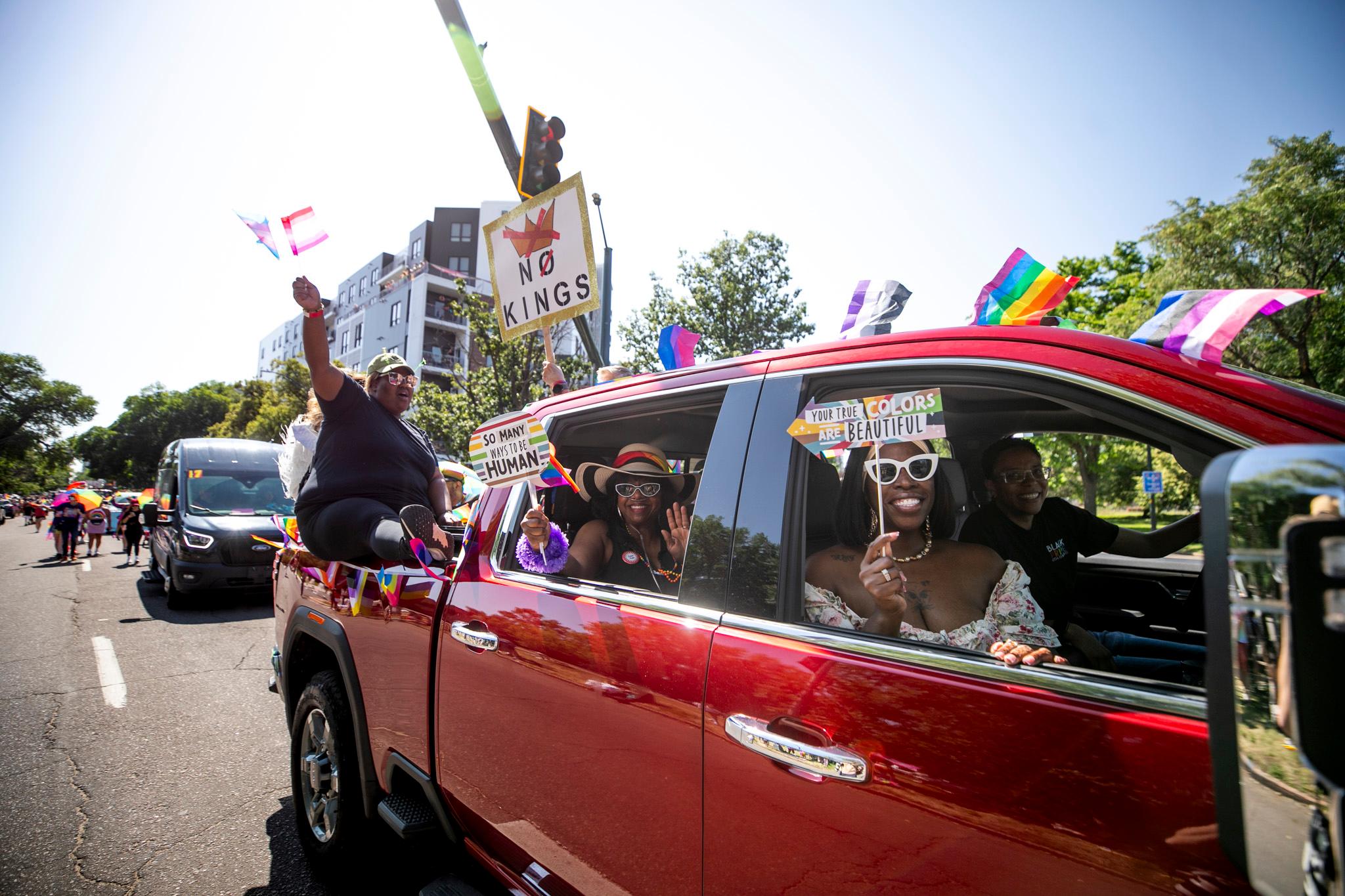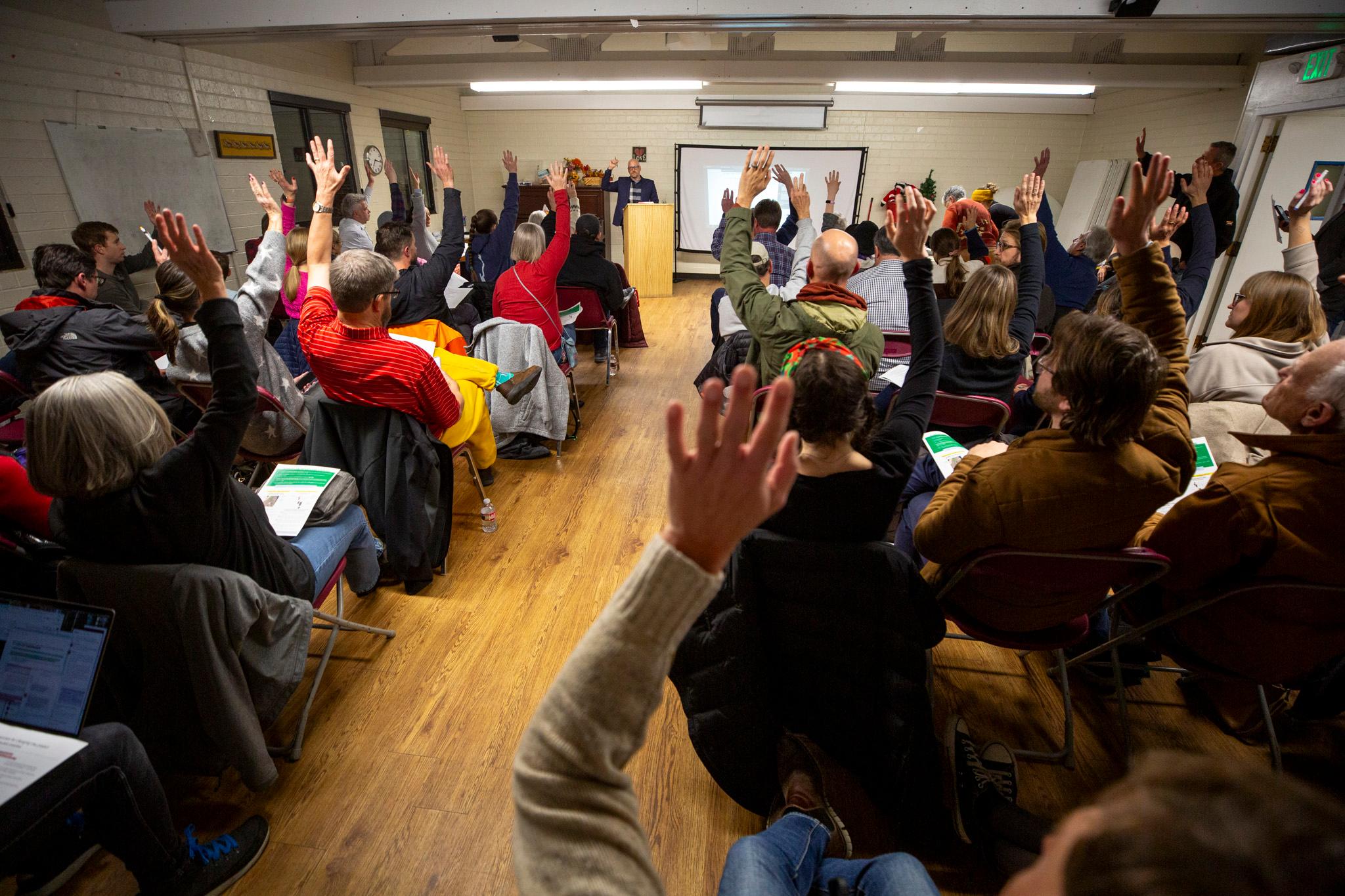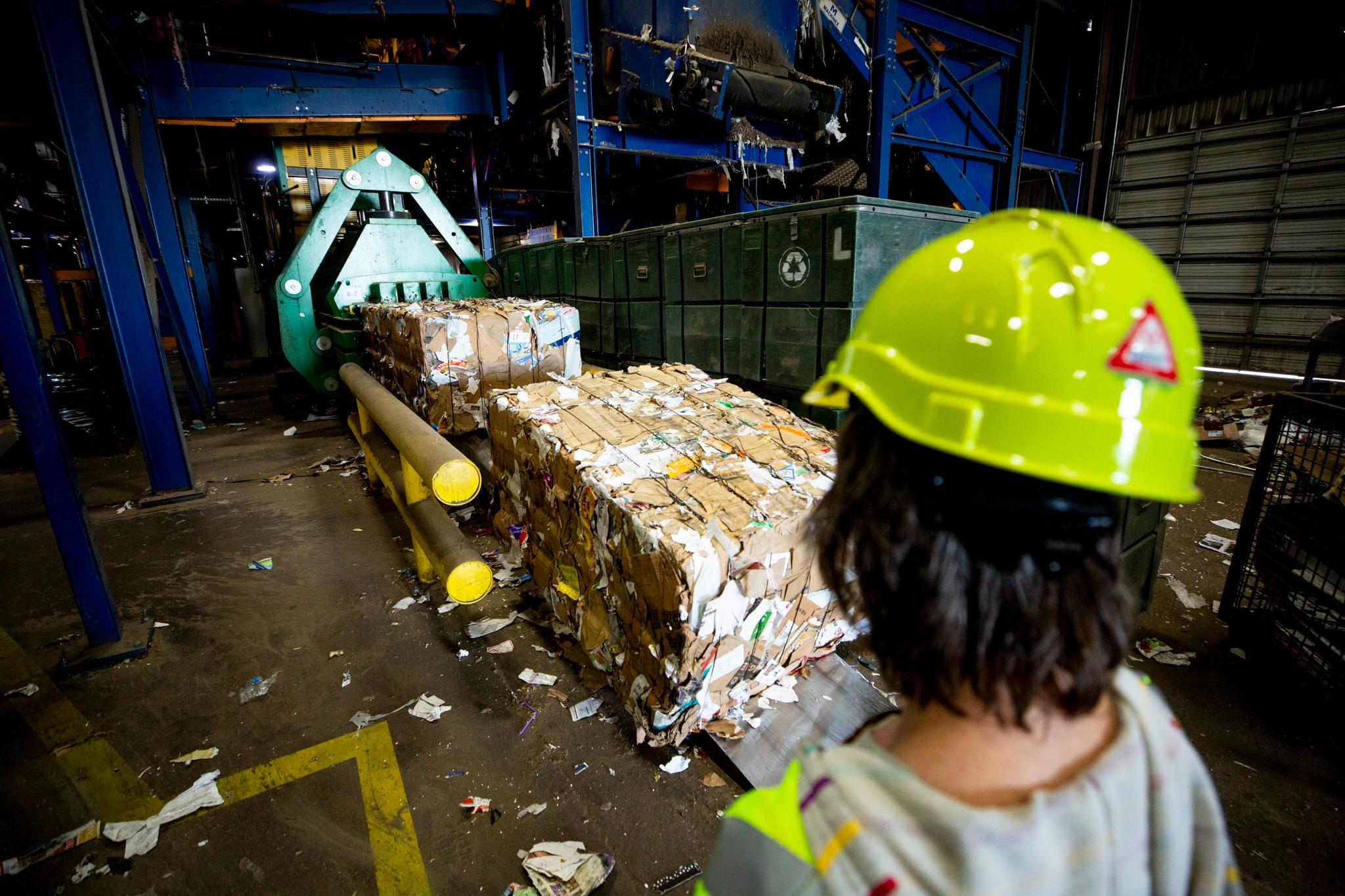A cacophony of saws and hammers echoes off Colfax Avenue and Downing Street, where a massive full-block apartment development is under construction next to the site of the old Smiley’s Laundromat, where the Ramada Inn used to be.
“That’s music to my ears when I go to a site,” says Peter LiFari, executive director of Maiker Housing Partners, a company that describes itself as a “socially conscious” developer. “They are working.”
LiFari and architect Sean Jursnick, of the Shears Adkins Rockmore firm, stand across the street, on a Capitol Hill sidewalk, preaching the gospel of gentle density — how to pack as many homes as possible on one block without obliterating the character of the neighborhood.

The duo studies the medley of building styles along Downing: historic single-family homes that date to the late 1800s; the new, massive construction that dominates them all, and single-stair apartment buildings that go back to the 1920s that would, as state and city law are currently written, be illegal to build right now.
The developer and the architect talk about the benefits and costs of each style of home, what’s affordable, and what they wish they could create if local government would trash those pesky safety codes that get in their way.
Sure, they see the value of massive blocky apartment buildings — particularly for housing singles and couples. But such buildings aren’t what they believe middle-class families in Denver who have largely been priced out of the market want.

What working families need, as LiFari and Jursnick see it, is outlawed in Colorado.
Right now, they are touting the virtues of the single stair: skinny, multi-family buildings with just one staircase that can be built on half a lot, rise to five stories or even higher in some cities, and offer families more natural light than big-box apartments.
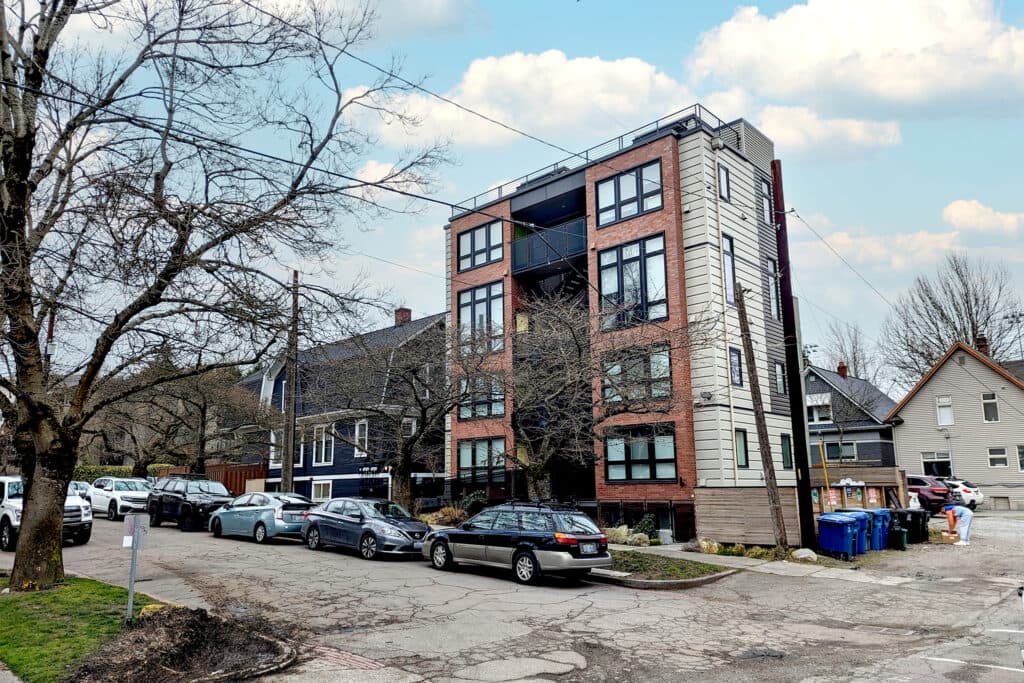
Tall single-stair buildings would often come with elevators and would need to meet Americans with Disabilities Act requirements.
By increasing supply and also more affordable, entry-level condos, these buildings could help working people find a naturally affordable, stylish home in a city that has few such places available, LiFari said.
Jursnick became infatuated with the new wave of single-stair buildings on a recent trip to Seattle, another city dealing with a housing affordability crisis.
He was impressed by their design, functionality and ability to pack many people on a block while integrating tidily into neighborhoods.
Such buildings would be good for the real-estate business, LiFari explained. Smaller developers who couldn’t afford to build a massive project but would like to provide dense housing could get in on the action, opening up development opportunities to more companies.
Affordable housing developers have been pushing for single stairs, as have housing activists in the Yes in My Backyard YIMBY movement.
Single-stair buildings may be trendy in the pro-density crowd, but they’re nothing new.
Back in the day, Denver builders constructed those single-stair apartment buildings throughout Capitol Hill and beyond.
But when building codes were written to take into account fire safety, multifamily buildings were required to have two stairwells, raising the cost of construction and increasing the size of land to build a multifamily property.
The single-stair building didn’t just fall out of fashion. Building such structures was outlawed decades ago.
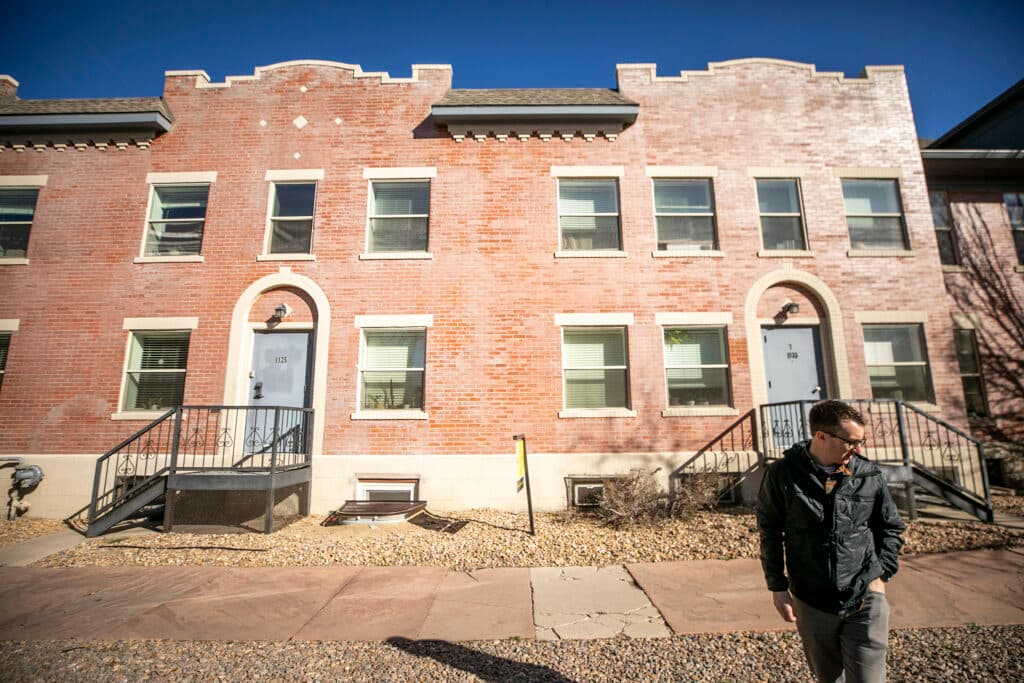
Now, LiFari and Jursnick are championing legislation proposed by State Rep. Alex Valdez and State Sen. Kevin Priola at the Capitol to allow single-stair multi-family projects statewide.
Their message: If Denver’s going to be affordable, more new homes need to go up, infill could address the affordability crisis and there are better ways to do things than the current building code allows.
Eventually, as in Europe, single-stair buildings could become part of a social housing movement, offering architecturally beautiful, dense living with government support.
“What we find is that in Europe is that they're going 16 stories, higher, public housing, social housing — which I would love to get to,” LiFari said.”
Outdated safety code requirements — like buildings needing more than one stairwell — need to be reevaluated, as other cities have done worldwide thanks to new fire prevention technologies, LiFari said.
Many firefighters, in turn, are alarmed at reducing fire-safety measures.
Denver Fire Department spokesman J.D. Chism says the city’s firefighters are formally opposing the legislation to protect their own safety and that of residents.
“If you do have people trying to evacuate while we're trying to get in, there's a lot of potential for residents and firefighters to run into each other and delay each other's progress,” Chism said. “We don't want the residents’ progress to be delayed in evacuating if there's a fire. At the same time, we don't want our progress to be delayed in getting up to them.”
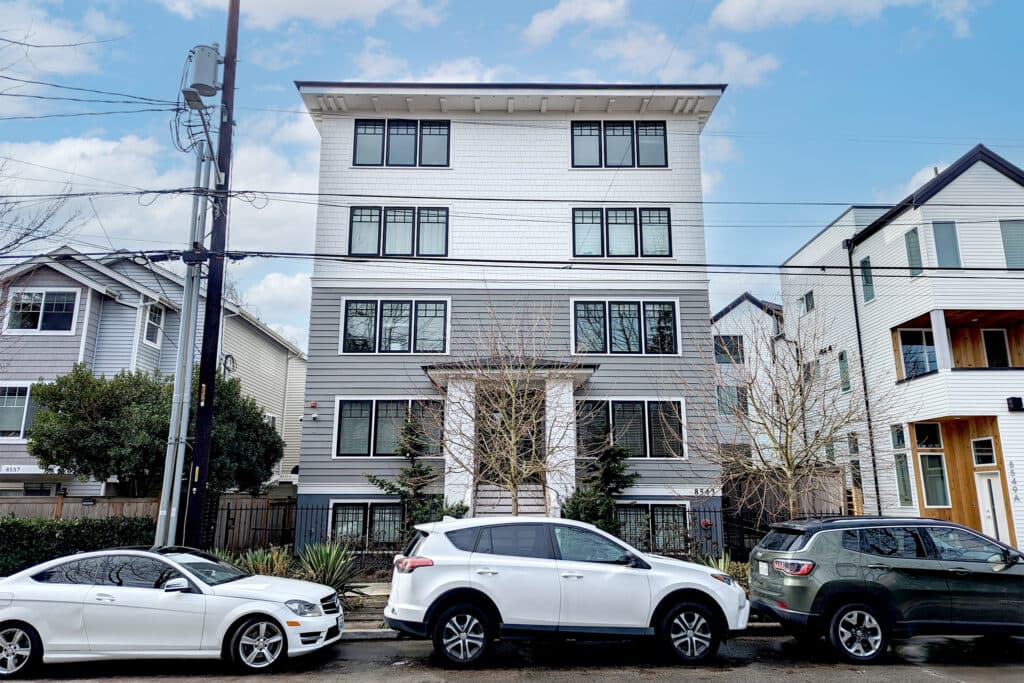
The bigger problem, from the Denver Fire Department’s perspective, is that if fire is blocking the stairwell, the only other way to evacuate residents would be through firefighters’ ladders. While firefighters are trained to clear a building that way, it should be a last resort, and residents would be better served and safer having multiple routes out on their own.
“You don't want to set something up where it's unsafe for a majority of residents,” he said.
Proponents of single-stair construction argue modern building materials and fire-prevention methods, such as sprinklers, radically reduce the likelihood of a fire.
LiFari points to European cities with a greater number of single-stair buildings that have better fire safety outcomes than those in American cities without them.
Cities like Seattle have building code requirements that apartment entrances near a stairwell. They limit the number of units in buildings. They require sprinklers and stairwell pressurization that pushes smoke away from stairwells.
“They've developed their code with officials and experts in a way that they've found to be safe over the decades,” Jursnick said.
The International Building Code, LiFari says is “all about safety back in the early 1900s, when we didn't have the engineering and the fire safety advances that we've had today.”
But firefighters like Chism don’t buy that mandatory sprinklers and better building materials and improved engineering mean fires will never happen.
“If a fire does start for whatever reason, you still need people to be able to evacuate the structure,” Chism said.
Registered neighborhood groups and many Denverites have historically resisted new types of design.
For example, a few years back developers started bringing slot homes to neighborhoods, where front doors faced each other, not the sidewalk. City Council and neighborhood groups hit the brakes and outlawed the building form, still allowing something similar with a few modifications.
Is the single-stair building the new slot home — a design form developers are pushing onto the community?
“This is one of the key elements of a single-stair building is that they are beautiful. They are gorgeous,” LiFari said. “Now, if you just don't like any type of new housing development, then it's going to be difficult to win you over. But the buildings are drop-dead gorgeous”
He points to Brooklyn brownstones that were ridiculed when they were first built and are now viewed as a cherished part of architectural history. He thinks single-stair buildings will be revered the same way.
“It will take a little bit of getting used to,” LiFari said. “I truly believe that these buildings are going to be viewed as architectural gems.”
Correction: This story has been updated to clarify where the building sits in relation to the old Smiley's Laundry site.







